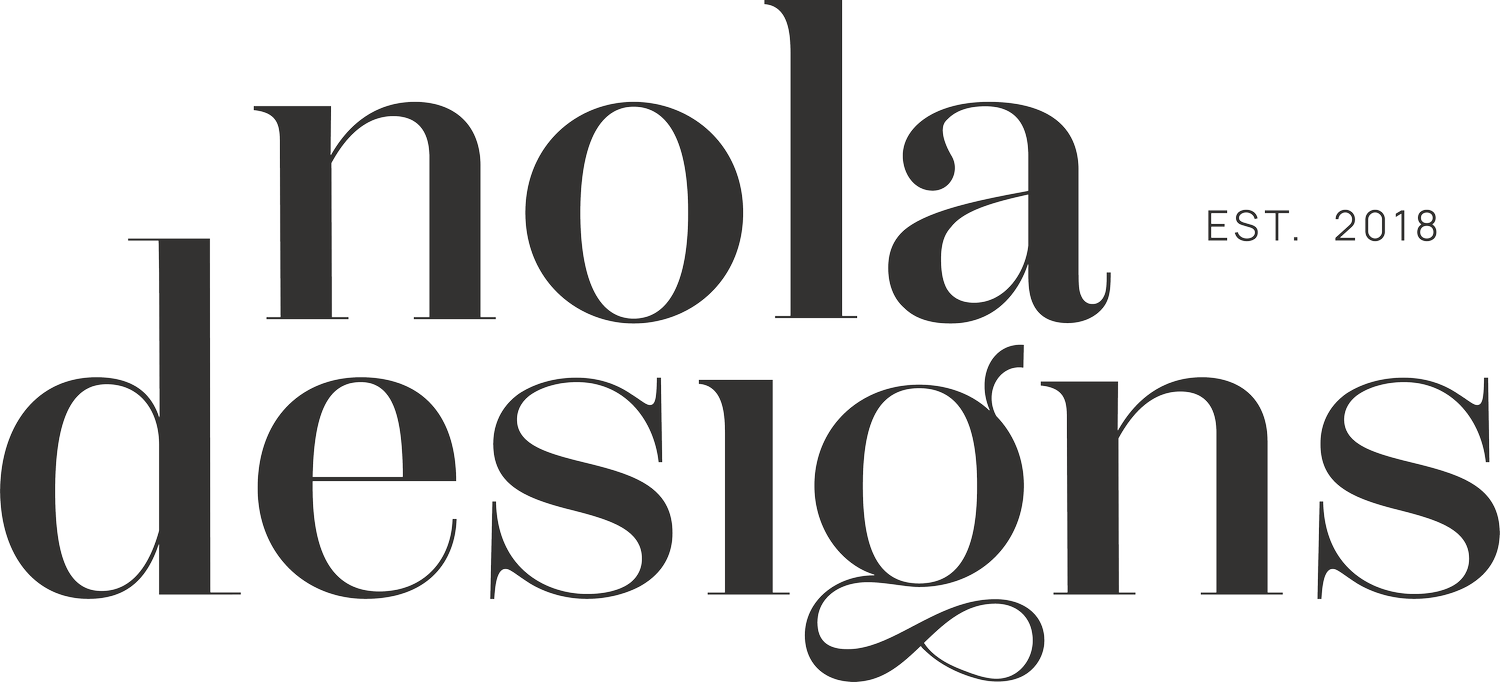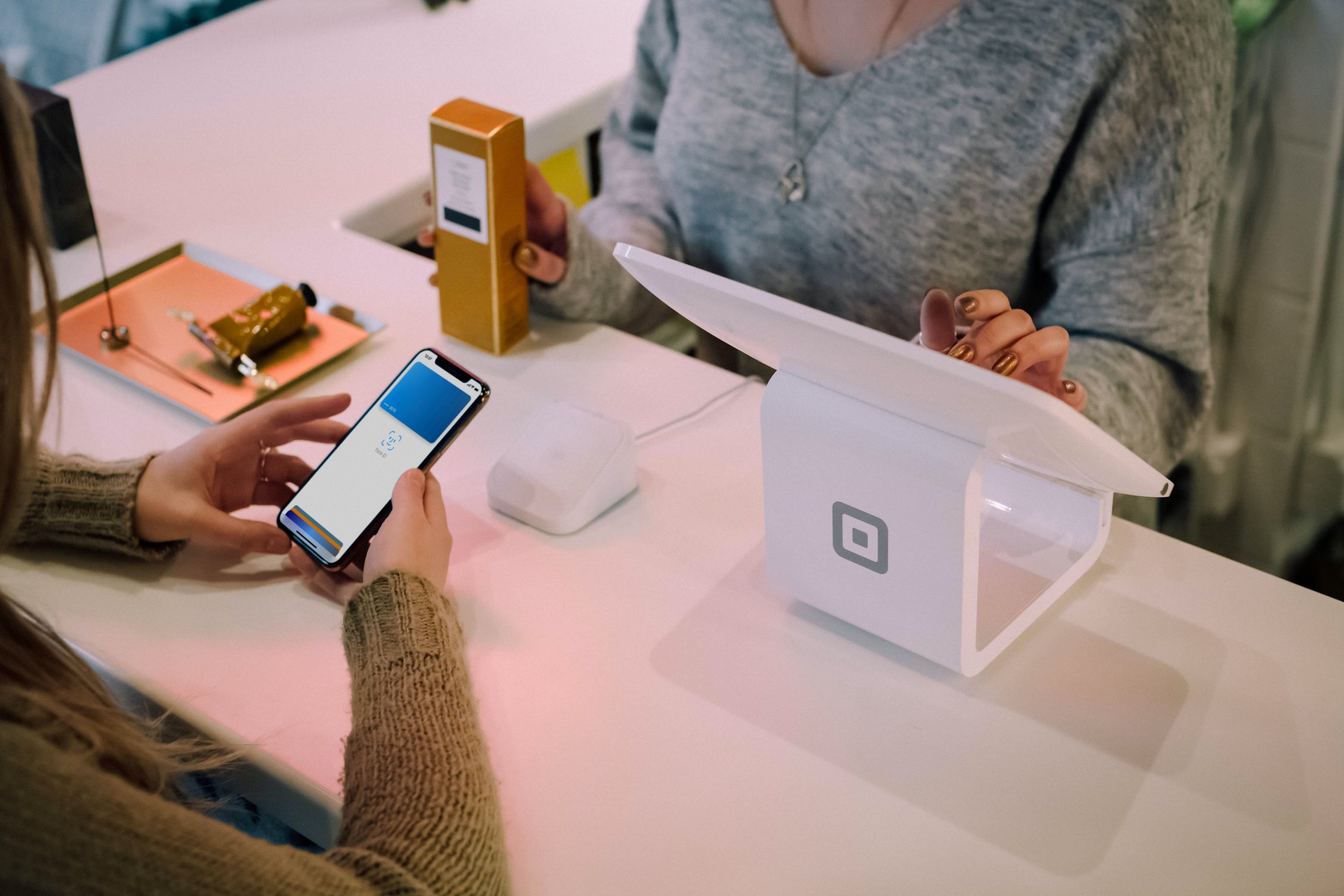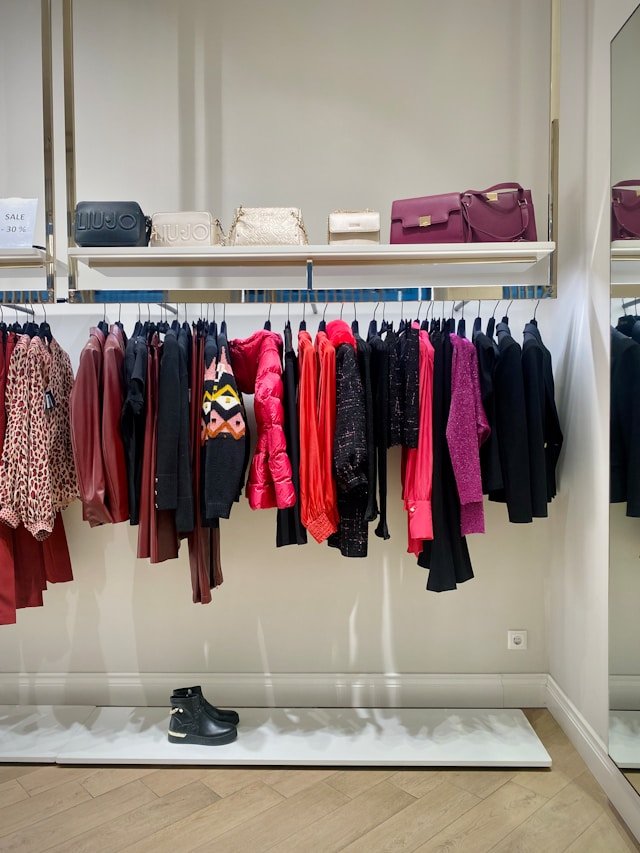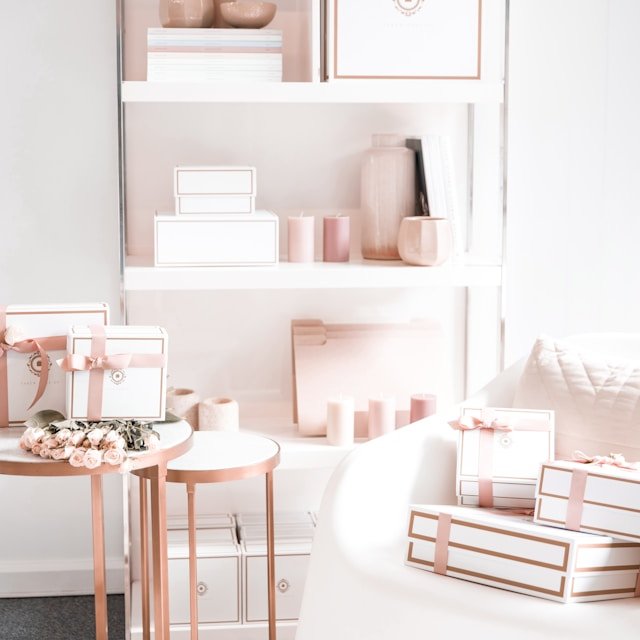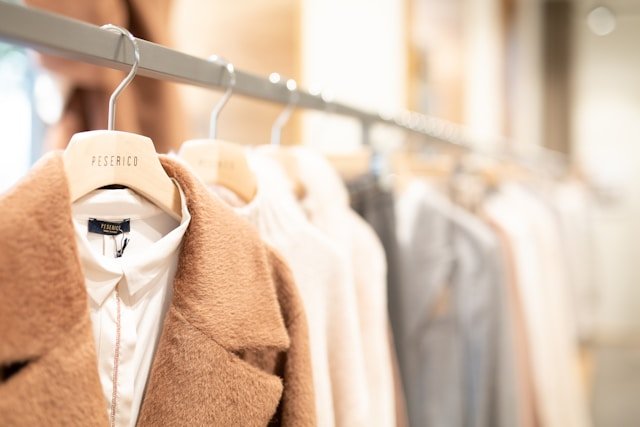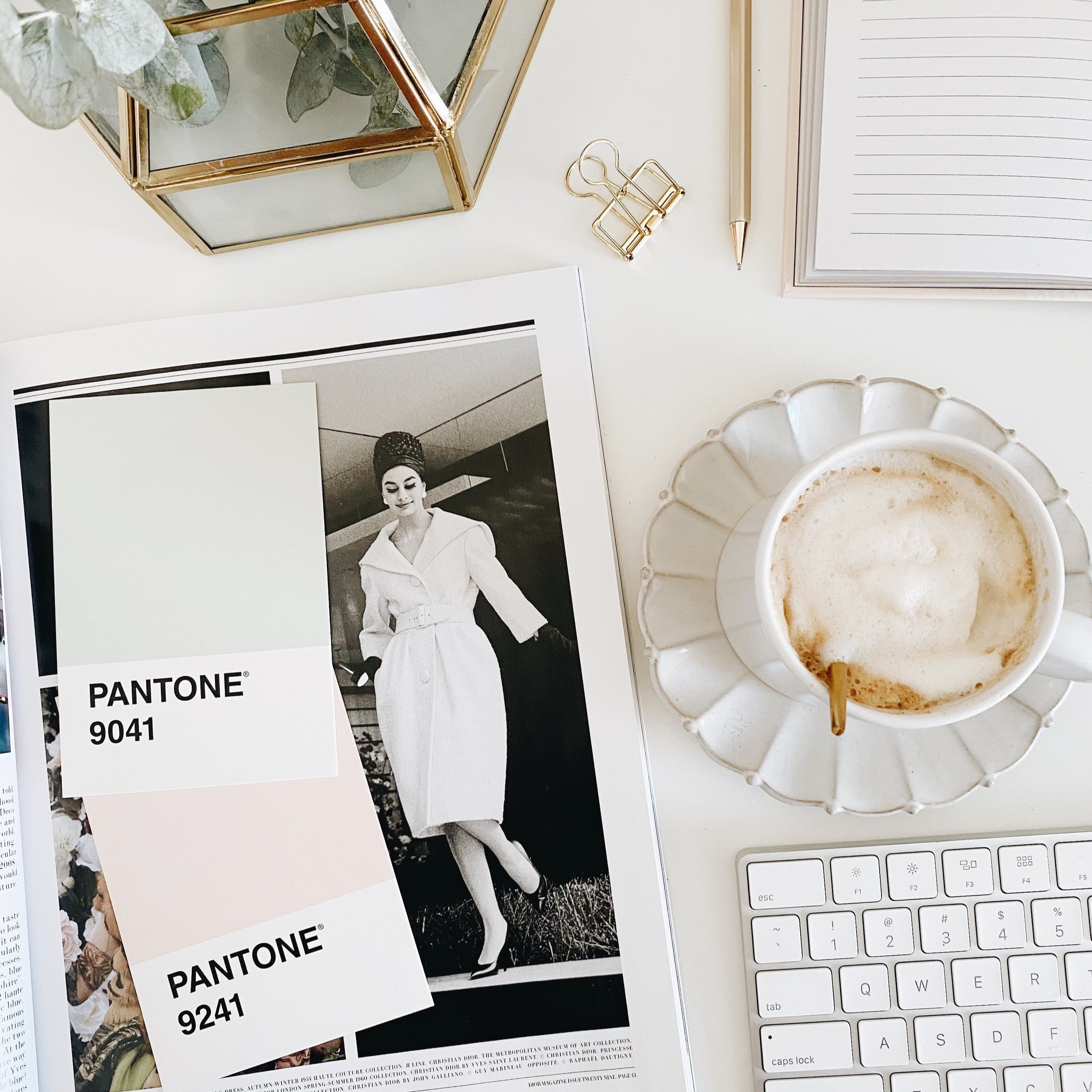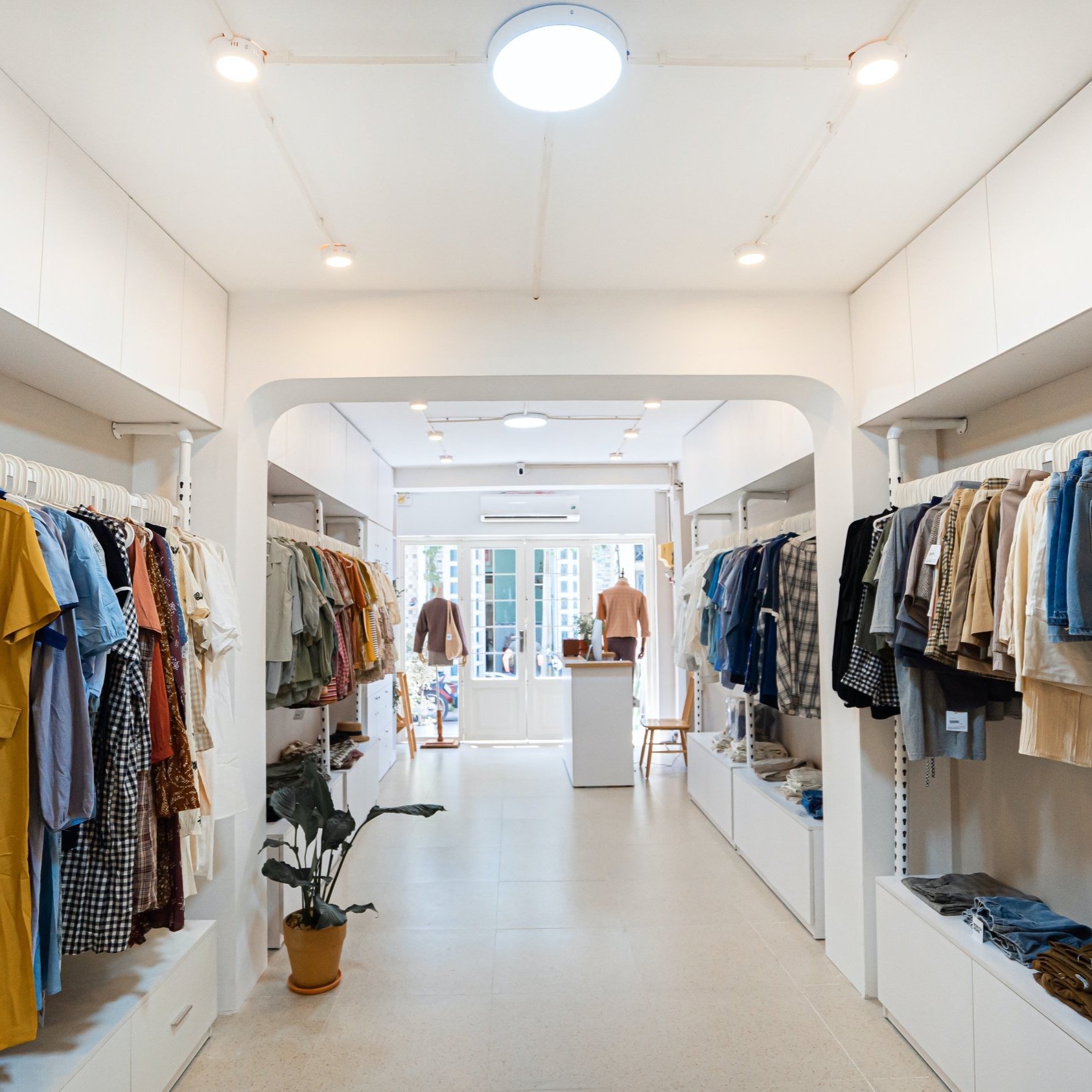Invest Vs. Save: How To Balance Your Retail Design Budget
Managing a retail design budget can be a challenging task, especially when trying to strike a balance between investing in high-quality design elements and saving costs. In this blog post, we will explore five key points to help you navigate this decision-making process and optimize your retail design budget effectively.
1. Define Your Brand Identity
Before allocating your budget, it is crucial to have a clear understanding of your brand identity and the image you want to convey to your customers. Invest in design elements that align with your brand values and create a memorable experience for your target audience. By defining your brand identity, you can prioritize spending on aspects that truly reflect your brand and resonate with customers, while saving on unnecessary features that may not add value.
2. Focus on Customer Experience
Investing in enhancing the overall customer experience is a smart use of your retail design budget. Allocate funds towards creating a welcoming and engaging environment that encourages customers to stay longer and make repeat visits. Consider elements such as store layout, lighting, signage, and interactive displays that contribute to a seamless and enjoyable shopping experience. While saving on non-essential elements, prioritize those that directly impact customer satisfaction and conversion rates.
3. Allocate Resources for Long-Term Durability
When making design choices, it's important to consider the durability and longevity of materials and fixtures. Investing in high-quality, durable products may require a larger upfront investment but can save costs in the long run by reducing maintenance and replacement expenses. Assess the expected lifespan and maintenance requirements of various design elements and allocate resources accordingly. Balancing your budget in favor of durable solutions ensures a better return on investment over time.
4. Leverage Technology
Technology can play a significant role in both enhancing the customer experience and optimizing costs. Explore innovative solutions such as digital signage, interactive kiosks, and mobile applications that can engage customers and provide them with valuable information. Investing in technology that aligns with your brand and improves operational efficiency can lead to long-term savings and increased customer satisfaction. Evaluate the potential benefits and costs associated with different technologies before making investment decisions.
5. Regularly Evaluate and Adapt
Maintaining a balance between investing and saving requires ongoing evaluation and adaptation. Monitor the performance of your retail design elements and collect feedback from customers to identify areas that need improvement or cost optimization. Regularly review your budget allocation and make adjustments based on changing market trends, customer preferences, and business objectives. By staying flexible and responsive, you can ensure your retail design budget remains effective and aligned with your goals.
Achieving a balanced approach between investing and saving in your retail design budget is essential for creating an appealing and functional space while managing costs. By defining your brand identity, prioritizing customer experience, investing in durable solutions, leveraging technology, and regularly evaluating your budget allocation, you can strike the right balance and maximize the impact of your retail design investment. Remember, a well-planned and executed design can not only attract customers but also contribute to long-term business success. Learn more about NOLA Designs and our approach to retail design.
